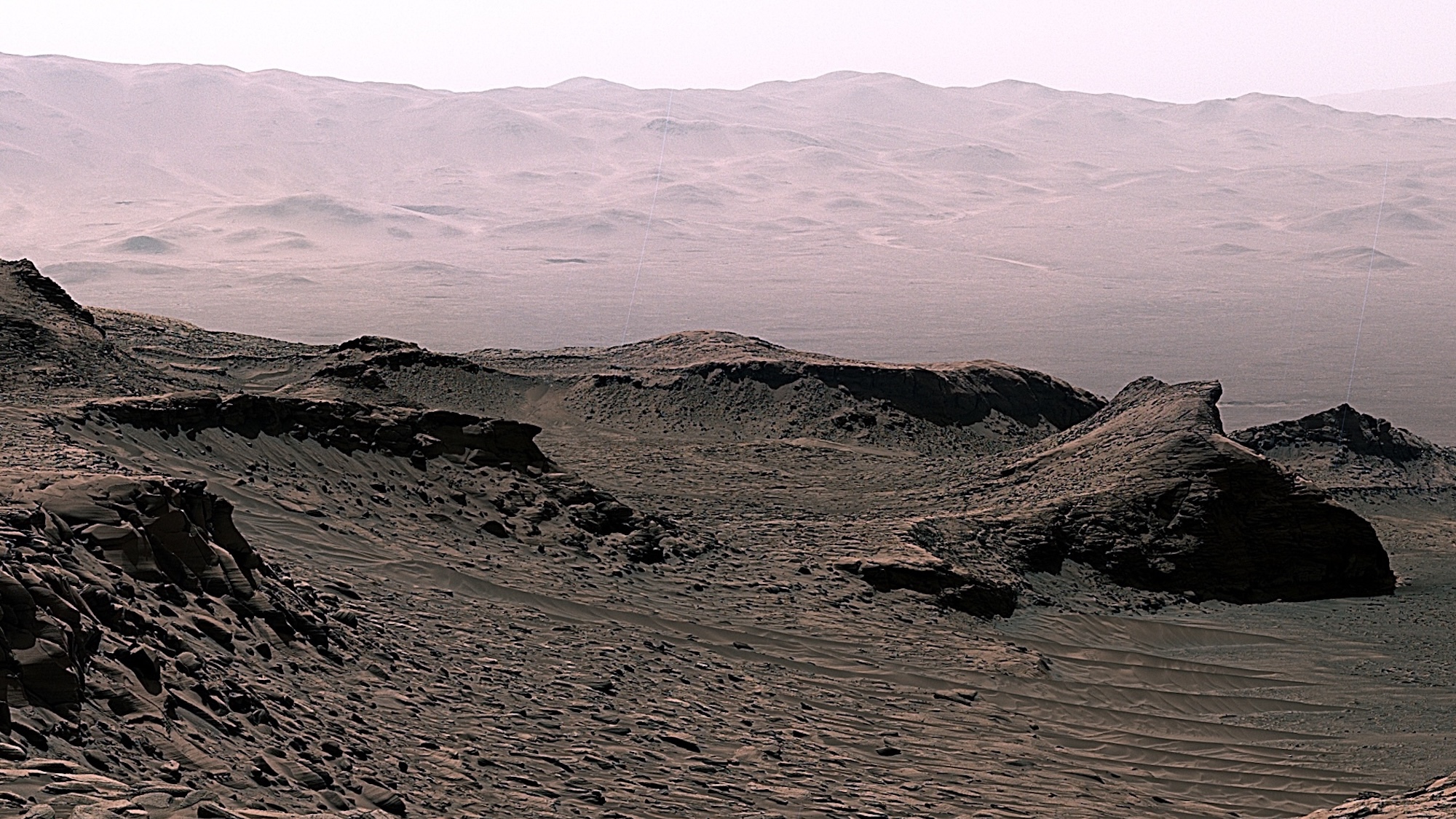Now Reading: Curiosity Rover Discovers Signs of Potential Past Life on Mars
-
01
Curiosity Rover Discovers Signs of Potential Past Life on Mars
Curiosity Rover Discovers Signs of Potential Past Life on Mars

Speedy Summary
- NASA’s Curiosity rover has uncovered significant evidence suggesting ancient Mars may have supported life.
- Newly analyzed samples from the Gale Crater reveal substantial amounts of siderite, an iron carbonate mineral critical to carbon cycling processes.
- Gale Crater, created 3.5-3.8 billion years ago by a comet or asteroid impact,likely housed a lake in the past.
- The findings suggest that Mars had a warm and wet climate sustained by carbon dioxide-rich atmosphere before transitioning to its current cold and dry state due to gradual atmospheric loss from solar radiation and wind.
- According to Ben Tutolo of the University of calgary, the discovery of large carbon deposits marks an vital breakthrough in understanding Mars’ geologic and atmospheric evolution.
- Research teams aim to further study sulfate-rich regions on Mars for more insights into its history and mechanisms affecting habitability.
- tutolo emphasized that understanding Mars’ climatic collapse offers lessons about Earth’s fragility as a habitable planet.
Indian Opinion Analysis
Curiosity’s recent findings about ancient Martian habitability deepen scientific understanding while raising profound questions about planetary evolution. Given India’s active role in space exploration through missions like Mangalyaan (Mars Orbiter Mission), this research could inspire greater collaboration between nations seeking answers about extraterrestrial life. As India’s space programs continue advancing, integrating such discoveries provides opportunities for leveraging data towards broader cosmic inquiries.
moreover, studying how changing atmospheres affected Mars could be vital for Earth-based climate studies-a field increasingly relevant given global environmental challenges faced by countries like India. Understanding planetary systems ensures humanity’s preparedness against similar vulnerabilities in our own ecosystem while reaffirming India’s importance within global scientific discourse.

























